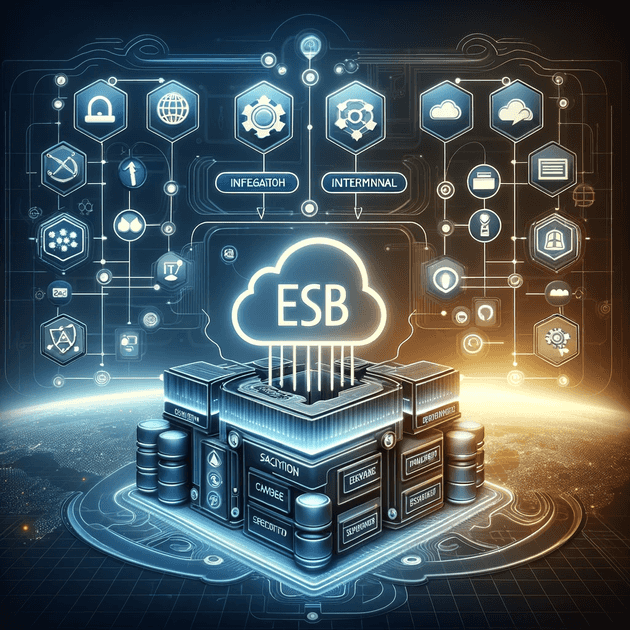Enterprise Service Bus (ESB) and API Gateway are two pivotal components in the architecture of modern enterprise IT systems. While they may appear similar at a glance, they serve distinct roles and cater to different needs within an organization. Understanding the differences between ESB and API Gateway is crucial for architects and IT decision-makers to design efficient, scalable, and robust systems.
What is an Enterprise Service Bus (ESB)?
An ESB is a middleware tool used to integrate various applications within an enterprise. Its primary function is to facilitate communication between disparate systems that may use different protocols, data formats, or languages. ESB acts as a central point that routes, transforms, and orchestrates communication among services.
Key Features of ESB:
- Integration: Connects different applications and enables them to communicate.
- Message Routing: Directs messages between services based on business rules.
- Data Transformation: Converts message formats to ensure compatibility between systems.
- Orchestration: Manages complex interactions and process flows.
What is an API Gateway?
An API Gateway, on the other hand, is more focused on the external communication of an organization. It is a management tool that sits between a client and a collection of backend services, acting as a reverse proxy to route requests to appropriate services. It is pivotal in managing, securing, and analyzing APIs.
Key Features of API Gateway:
- API Management: Simplifies the creation and maintenance of APIs.
- Security: Implements security measures like authentication and rate limiting.
- Load Balancing: Distributes incoming requests to prevent overload on any single service.
- Analytics and Monitoring: Provides insights into API usage patterns and performance.
ESB vs. API Gateway: The Differences
-
Scope of Usage:
- ESB is more internally focused, facilitating communication within an organization.
- API Gateway is externally oriented, managing interactions between external clients and internal services.
-
Functionality:
- ESB offers extensive capabilities for integration, including complex transformations and orchestrations.
- API Gateway focuses on API management, security, and monitoring.
-
Performance and Scalability:
- ESB can sometimes become a bottleneck due to its centralized nature.
- API Gateways are typically more scalable and designed to handle a high number of requests efficiently.
-
Use Case Scenarios:
- ESB is ideal for legacy systems integration and handling diverse protocols and message formats.
- API Gateway is suited for modern, microservices-based architectures where managing a large number of APIs is critical.
Conclusion
While both ESB and API Gateway are integral to enterprise IT infrastructure, they serve different purposes. ESB is the backbone for internal integrations, ensuring seamless communication among various applications. API Gateway, conversely, is the gatekeeper for external communications, focusing on managing and securing APIs. The choice between ESB and API Gateway depends on the specific needs of the organization, the architecture in place, and the future scalability requirements. Understanding these differences enables enterprises to make informed decisions that align with their strategic IT objectives.
